November 18, 2015
Women earn less than men because they make different choices, report confirms 0
 In spite of its own attempts to link it to the gender pay gap a new report, Opportunities and outcomes in education and work: Gender effects, released yesterday by the UK Commission for Employment and Skills (UKCES), merely confirms that the key factors that determine how much people earn are the jobs they do and the hours they work. The report shows that male workers are paid on average 19 percent more than female workers. However, a report this year from the ONS confirmed that women now earn slightly more than men in like for like jobs up to the age of 35 and the UKCES report shows that it is career and personal choices that explain the gap in incomes across the whole economy. This confirms that the keys to closing the overall pay gap are for women to enter higher paying fields such as STEM and construction as well as employers offering flexible working arrangements and greater support for parents in their careers.
In spite of its own attempts to link it to the gender pay gap a new report, Opportunities and outcomes in education and work: Gender effects, released yesterday by the UK Commission for Employment and Skills (UKCES), merely confirms that the key factors that determine how much people earn are the jobs they do and the hours they work. The report shows that male workers are paid on average 19 percent more than female workers. However, a report this year from the ONS confirmed that women now earn slightly more than men in like for like jobs up to the age of 35 and the UKCES report shows that it is career and personal choices that explain the gap in incomes across the whole economy. This confirms that the keys to closing the overall pay gap are for women to enter higher paying fields such as STEM and construction as well as employers offering flexible working arrangements and greater support for parents in their careers.









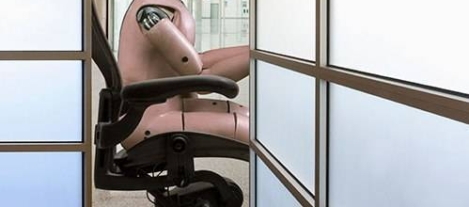
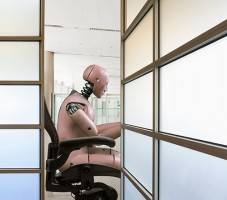

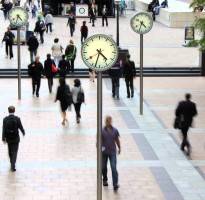

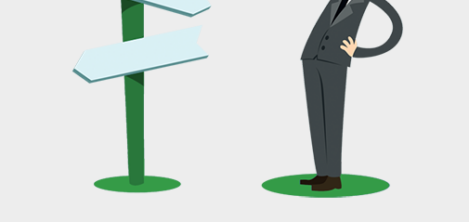




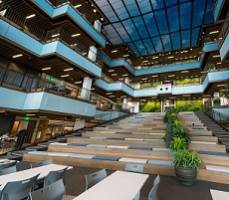




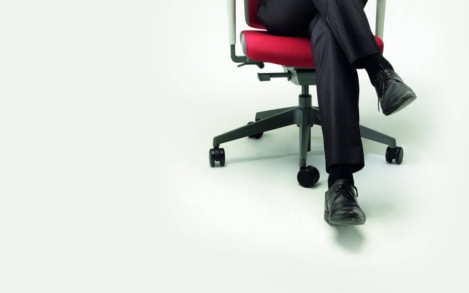
 In years gone by, a ‘one size fits all’ approach to office design might have been the norm, but as the decades have progressed, so too have the options available to businesses designing ‘homes from home’ for their office-based workforces. As new interpretations of the office environment proliferated, so the open plan model came to into being and eventually evolved into the default office design model. This initially brought greater variety than ever before but, ultimately, a one size fits all mentality in
In years gone by, a ‘one size fits all’ approach to office design might have been the norm, but as the decades have progressed, so too have the options available to businesses designing ‘homes from home’ for their office-based workforces. As new interpretations of the office environment proliferated, so the open plan model came to into being and eventually evolved into the default office design model. This initially brought greater variety than ever before but, ultimately, a one size fits all mentality in 



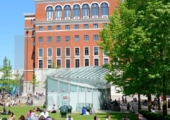
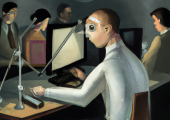

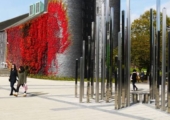
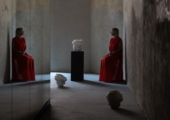
November 23, 2015
The benefits of peeling back the layers of the workplace onion 0
by Darren Bilsborough • Comment, Flexible working, Technology, Workplace, Workplace design
(more…)